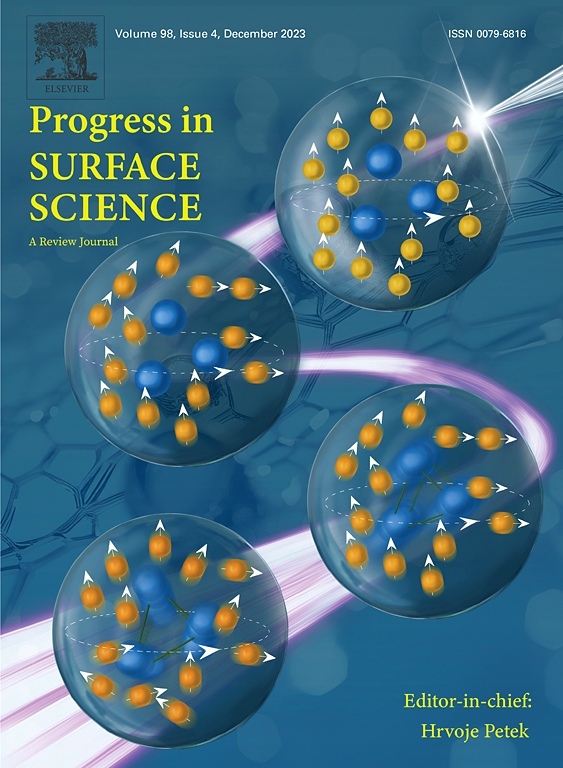Great success has been achieved in the modeling of gas-surface elementary processes by the use of the Born-Oppenheimer approximation. However, in metal surfaces low energy electronic excitations are generated even by thermal and hyperthermal molecules due to the absence of band gaps in the electronic structure. This shows the importance of performing dynamical simulations that incorporate non-adiabatic effects to analyze in which way they affect most common gas-surface reactions. Here we review recent theoretical developments in this problem and their application to the study of the effect of electronic excitations in the adsorption and relaxation of atoms and molecules in metal surfaces, in scattering processes, and also in recombinative processes between impinging atoms and adsorbates at the surface. All these studies serve us to establish what properties of the gas-surface interaction favor the excitation of low-energy electron-hole pairs. A general observation is that the nature of these excitations usually requires long lasting interactions at the surface in order to observe deviations from the adiabatic behaviour. We also provide the basis of the local density friction approximation (LDFA) that have been used in all these studies, and show how it has been employed to perform ab initio molecular dynamics with electronic friction (AIMDEF). As a final remark, we will shortly review on recent applications of the LDFA to successfully simulate desorption processes induced by intense femtosecond laser pulses.


